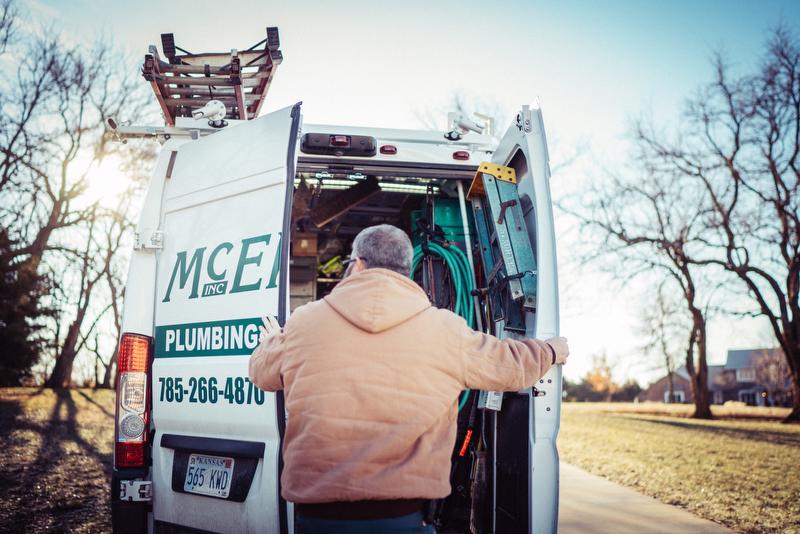Insights
How to Clean the Garbage Disposal in Your Kitchen
February 28, 2020Germs. Bacteria. Viruses. These words are synonymous with cold and flu season and they’re lurking in your kitchen’s garbage disposal. Sure, the metal part of the garbage disposal produces ions that help kill germs, but the disposal still needs your attention from time to time to remove what gets stuck in crevices and around the rubber splash guard.
Aim to clean the garbage disposal in your kitchen once a week. Here are the simple steps you can take to safely clean your disposal.
Cleaning Your Garbage Disposal
First things first: turn off the fuse that supplies power to the disposal. You don’t want the disposal to come on while you’re cleaning and turn this simple task into a horror movie. Depending on the design, you may be able to unplug your disposal from under the sink.
Next, make sure there are no large objects lodged in your disposal. If there is something in there, now is the time to remove it using pliers or tongs. Once that’s done, flush the disposal with water to remove any loose dirt or grime. To do that, place the stopper in the disposal and add a small amount of dish soap to the sink. Then fill it with 2-4 inches of hot water. Next, pull out the stopper and turn on the disposal to flush your drain.
Now for the fun stuff. You’re going to use ice cubes and coarse salt to remove the tougher sludge and debris that has attached itself to the grinders of your disposal. Start by pouring about two cups of ice into the disposal, followed by one cup of rock salt. Turn on the disposal and run a small stream of cold water. You may need to use a wooden spoon to help carefully maneuver the ice down into the drain. Grinding the ice cubes helps sharpen the blades and removes odors, in addition to cleaning the drain.
This next step might be the one that provokes your gag reflex. If you really want to get that disposal clean, you’re going to need a scrub brush or old toothbrush. Remove the screen from the top of the drain if you can. Then use that brush to scrub away the top of the disposal and the inside and outside of the splash guard.
Maintenance
A natural way to help freshen your disposal and avoid the odors that tend to build up over time is by tossing a handful of citrus peels (such as lemons, limes, or oranges) into the disposal. When the garbage disposal grinds the peels, the citric acid helps to clean the blades and leaves the sink with a fresh, clean smell.
Baking soda and vinegar are a great cleaning duo for many areas of the home, and the kitchen garbage disposal is no different. Sprinkle about half a cup of baking soda into the drain, followed by about a cup of white vinegar slowly poured on top. Let that fizzle and bubble for 5-10 minutes, then rinse it down with very hot water while running the garbage disposal.
Taking Care of Your Garbage Disposal
You’ll have better luck keeping your disposal in working order if you follow the number one rule: do not put anything down the disposal that is not biodegradable. Fibrous materials (i.e. celery stalks, onion skins, and the like) can get tangled in the motor. Starchy materials (like potato peels) can cause the blades to stick. Rice and pasta (i.e. expandable foods) and coffee grinds can clog the drains. And of course, we all know you should NEVER put grease or oil down the drain. It will accumulate and can slow the motor and line the pipes, causing the drain to clog.
If you’re having drainage problems, McElroy’s team of certified experts can identify the issue and determine the best solution for your needs, offering sewer and drain cleaning services as well. McElroy’s has been the most trusted name for plumbing in Lawrence and Topeka, Kansas since 1951. Your McElroy’s local plumber can be reached 24 hours a day at 785-266-4870 to help with any of your residential plumbing needs.










